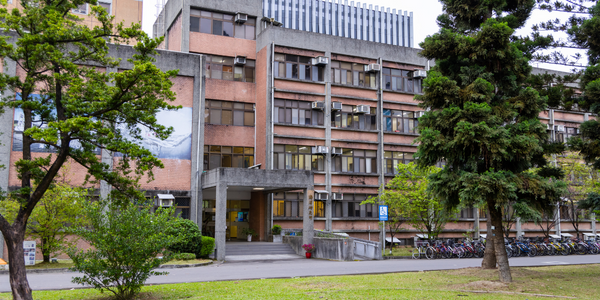Technology Category
- Analytics & Modeling - Real Time Analytics
Applicable Industries
- Buildings
- Education
Use Cases
- Traffic Monitoring
- Transportation Simulation
Services
- System Integration
- Training
About The Customer
Workzone Traffic Control is a South Australian company that has been providing service, quality, reliability, flexibility, and safe traffic management solutions for over 20 years. The company started with four vehicles in a front yard and has grown to over 100 workers and 36 vehicles. They undertake a large number of jobs as traffic management continues to build momentum in South Australia. The company is committed to improving their processes and implementing technology to support their growing operations.
The Challenge
Workzone Traffic Control, a South Australian traffic management solutions provider, was facing challenges as their business expanded. With over 100 workers and 36 vehicles, the company was struggling to manage their growing operations. Their existing systems, including an Outlook calendar, were pushed to their limits and could not support the increasing number of jobs. The company was also using outdated methods such as carbon copy paper pads and handwritten job dockets, leading to errors and inefficiencies. Transferring information from paper to online records was time-consuming and cumbersome. Furthermore, they had permanent setups in remote areas, which required fax machines for paperwork and quarterly postal submissions of physical copies, adding to the workload.
The Solution
After a five-year search, Workzone Traffic Control found Assignar, a software solution that ticked most of their boxes. Assignar offered digital timesheets, forms, and allocations, and was cost-effective compared to competitors. The software also provided a holistic solution that connected different parts of the business, creating a clear picture of the company's operations and growth in real-time. All paperwork, from job dockets to Job Safety Analysis (JSAs), became digital and was received in real-time. This eliminated the need for physical storage of documents and made data collection from remote traffic controllers more efficient. The company implemented Assignar in stages, starting with orders and then moving on to field workers. This gradual implementation allowed them to reflect on their processes and improve efficiency and data collection.
Operational Impact
Quantitative Benefit

Case Study missing?
Start adding your own!
Register with your work email and create a new case study profile for your business.
Related Case Studies.

Case Study
Energy Saving & Power Monitoring System
Recently a university in Taiwan was experiencing dramatic power usage increases due to its growing number of campus buildings and students. Aiming to analyze their power consumption and increase their power efficiency across 52 buildings, the university wanted to build a power management system utilizing web-based hardware and software. With these goals in mind, they contacted Advantech to help them develop their system and provide them with the means to save energy in the years to come.

Case Study
Intelligent Building Automation System and Energy Saving Solution
One of the most difficult problems facing the world is conserving energy in buildings. However, it is not easy to have a cost-effective solution to reduce energy usage in a building. One solution for saving energy is to implement an intelligent building automation system (BAS) which can be controlled according to its schedule. In Indonesia a large university with a five floor building and 22 classrooms wanted to save the amount of energy being used.

Case Study
Powering Smart Home Automation solutions with IoT for Energy conservation
Many industry leaders that offer Smart Energy Management products & solutions face challenges including:How to build a scalable platform that can automatically scale-up to on-board ‘n’ number of Smart home devicesData security, solution availability, and reliability are the other critical factors to deal withHow to create a robust common IoT platform that handles any kind of smart devicesHow to enable data management capabilities that would help in intelligent decision-making

Case Study
Protecting a Stadium from Hazardous Materials Using IoT2cell's Mobility Platform
There was a need for higher security at the AT&T Stadium during the NFL draft. There was a need to ensure that nuclear radiation material was not smuggled inside the stadium. Hazmat materials could often be missed in a standard checkpoint when gaining entry into a stadium.

Case Study
Commercial Building Automation Boosts Energy Efficiency
One of the challenges to building automation is the multitude of non-interoperable communications protocols that have evolved over the years. Buildings have several islands of automation. Bridging the islands of different automation without losing the considerable investment in each specialized control network is the main focus in this solution.








